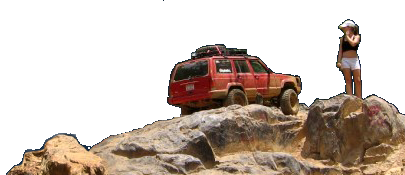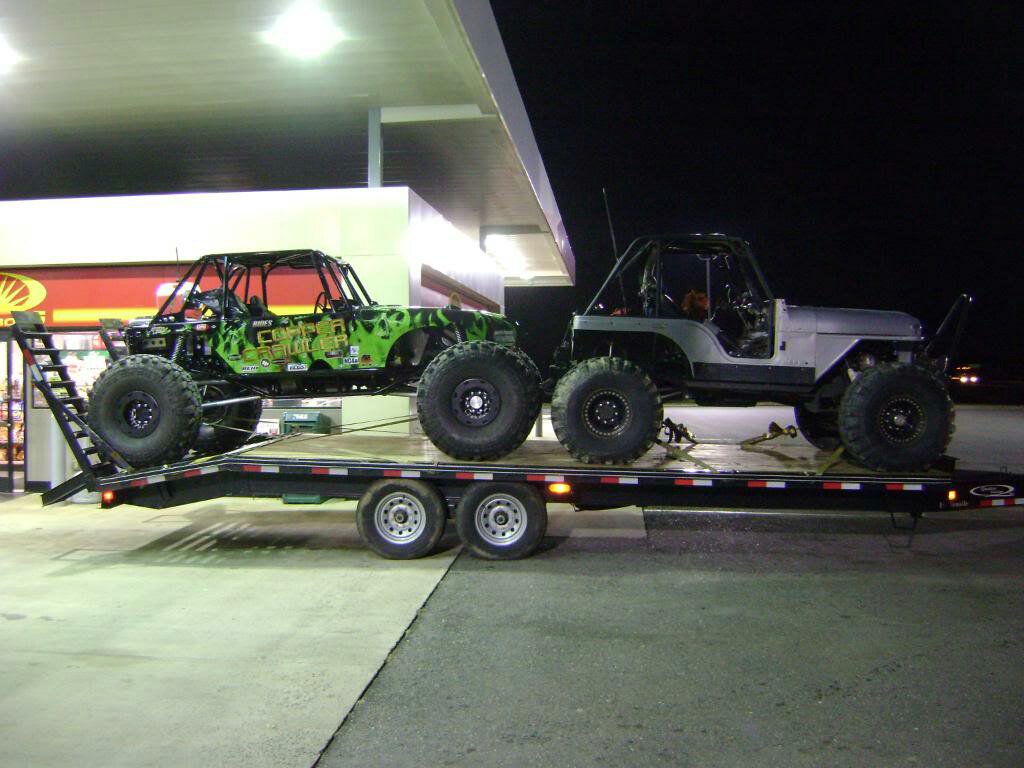- Joined
- Mar 20, 2005
- Location
- Hendersonville, NC
Calling on the engineering geeks like @shawn, @jeepinmatt, @Ron and the rest of y'all.
Here is my dilemma. Lisa wants to start taking her ZJ along with my Ranger when we go wheel, so my current 22' Kaufman is way too short.
I am looking to get a gooseneck (either deckover or low boy) rated at 14-15k. My question is what length would you all suggest or is there a formula somewhere to calculate what length I need in order to make pin weight, axle weight, etc all kosher.
Here's what I'll be towing in terms of length and weight.
4500# Ranger 16.5' long from stem to stern (114" WB)
4000# ZJ 16' long from stem to stern (105" WB)
I'm *thinking* a 32' will work. With my truck at the tail end of the trailer so the ramps can set against my exposed rear tires (truck is dovetailed and full width). My concern is with approx 32' of cargo on a 32' trailer, and both rigs nearly identical in terms of weight and length, will I be high of tongue/pin weight.
Thoughts and wise cracking replies are welcome.
Here is my dilemma. Lisa wants to start taking her ZJ along with my Ranger when we go wheel, so my current 22' Kaufman is way too short.
I am looking to get a gooseneck (either deckover or low boy) rated at 14-15k. My question is what length would you all suggest or is there a formula somewhere to calculate what length I need in order to make pin weight, axle weight, etc all kosher.
Here's what I'll be towing in terms of length and weight.
4500# Ranger 16.5' long from stem to stern (114" WB)
4000# ZJ 16' long from stem to stern (105" WB)
I'm *thinking* a 32' will work. With my truck at the tail end of the trailer so the ramps can set against my exposed rear tires (truck is dovetailed and full width). My concern is with approx 32' of cargo on a 32' trailer, and both rigs nearly identical in terms of weight and length, will I be high of tongue/pin weight.
Thoughts and wise cracking replies are welcome.




